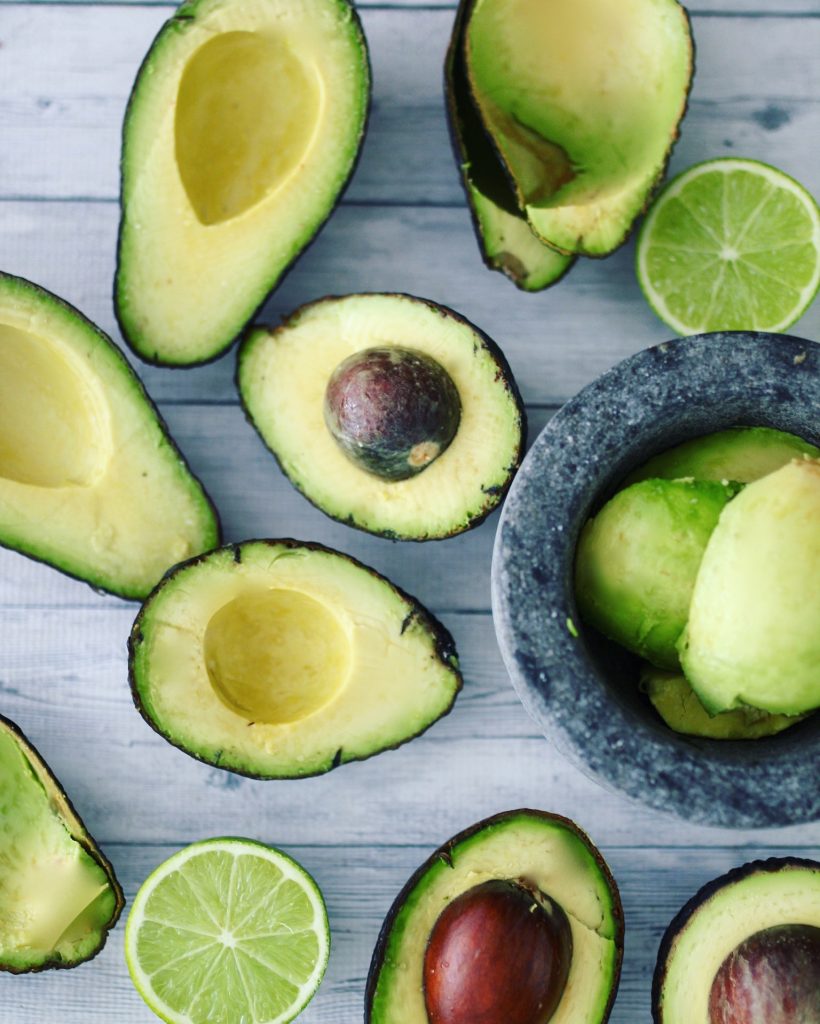With many people being time poor and perhaps energy poor at the end of the day, we are enticed by take away food and/or a freezer full of pre-prepared meals. The irony is that these ‘time saving’ measures actually deplete our energy, our enjoyment of food and our resistance to infection, ultimately leading to a time cost.
Many take away foods contain few nutrients, are laden with artificial additives, transfats and sugars.With increasing amounts of ‘unusable’ substances, our bodies are usually forced to store these toxins in fat tissue, whilst leaving us starving for the necessary nutrients we need for metabolism, repair, energy production and manufacture of hormones, neurotransmitters needed not only for optimum performance, but for every biochemical process.Whilst optimum health encompasses many layers, importantly including psychological and emotional well-being, for the purposes of this article, we will focus primarily on physical aspects.In this regard, outside of genetic predisposition, we believe there are five major biological categories (overlapping one another) that contribute to chronic illness. These are:
- Deficiency
- Toxicity
- Inflammation
- Poor blood sugar control (insulin resistance and diabetes)
- Poor digestive function, i.e. impaired absorption of nutrients, dysbiosis leading to poor immunity

Deficiency and Toxicity
Deficiency and toxicity is self explanatory, that is, although much of the western population is overweight, many of these individuals are simultaneously under-nourished. Their food consumption has been calorie rich and nutrient poor. This is further exacerbated as the toxicity of the foods, such as transfats and various forms of sugar, require a greater number of nutrients (already in short supply) to metabolise.Apart from obvious consequence of weight gain, this situation leads to inflammation in the body, often insidious for some time before symptoms present themselves.

Inflammation
Inflammatory processes are necessary, this mechanism is what helps us heal and recover after injury and illness. However, long term inflammation has been linked to several chronic illnesses, including heart disease, cancer, diabetes and Alzheimer’s Disease. For example, inflammation is a far more significant factor in the development of arterial plaque than cholesterol alone.The latter type of inflammation is primarily caused by dietary choices that ultimately alter the body’s Ph and promote these inflammatory processes in an unregulated way. Major culprits are sugars and the wrong types of fats. Apart from the escalation of consumption of damaged fats (hydrogenated and trans), the ratio of omega 6 to omega 3 is severely out of balance in many people. Omega 3 fats support anti-inflammatory pathways, whereas omega 6 support inflammatory pathways. Nutritional panels on pre-packaged generally state macro-nutrient content, ie protein, carbohydrate and fats, rarely mentioning qualities of those nutrients, or essential micronutrients. Only recently there has been some breakdown of types of fats, ie saturated, sometimes transfats (the most dangerous type of fat).

Blood sugar regulation
Type 2 Diabetes is approaching epidemic levels and an entire post will be dedicated to this unprecedented situation, due to its complexity. Suffice to say that food choices have a significant impact on the development of this condition. Encouragingly though, with early intervention, this trajectory can be reversed.

Poor digestive function
It is logical that if any aspect of our digestive system is impaired, the capacity for our bodies to absorb nutrients ingested will be similarly compromised. Implications are wide ranging, however one important one is the increasing prevalence of ‘dysbiosis’ meaning an imbalance of intestinal flora, also known as ‘gut bacteria’. This balance is not only critical for colon health, but plays a major role in our immune function. In summary, if we improve our digestive function, we potentially improve every aspect of our health. There are a number of foods that promote healthy gut bacteria, particularly those with insoluble fibre, such as oats, chia and flaxseed.All of the above mentioned factors can be addressed to a significant degree by appropriate dietary modifications.Apart from education on food, it may be just a simple change of perception around shopping and cooking, from perhaps the notion of a ‘chore’, to an enjoyable exercise where we can be grateful for the food we are preparing to nourish ourselves and our families. Meals don’t have to be complex or time consuming to be nutritious.







